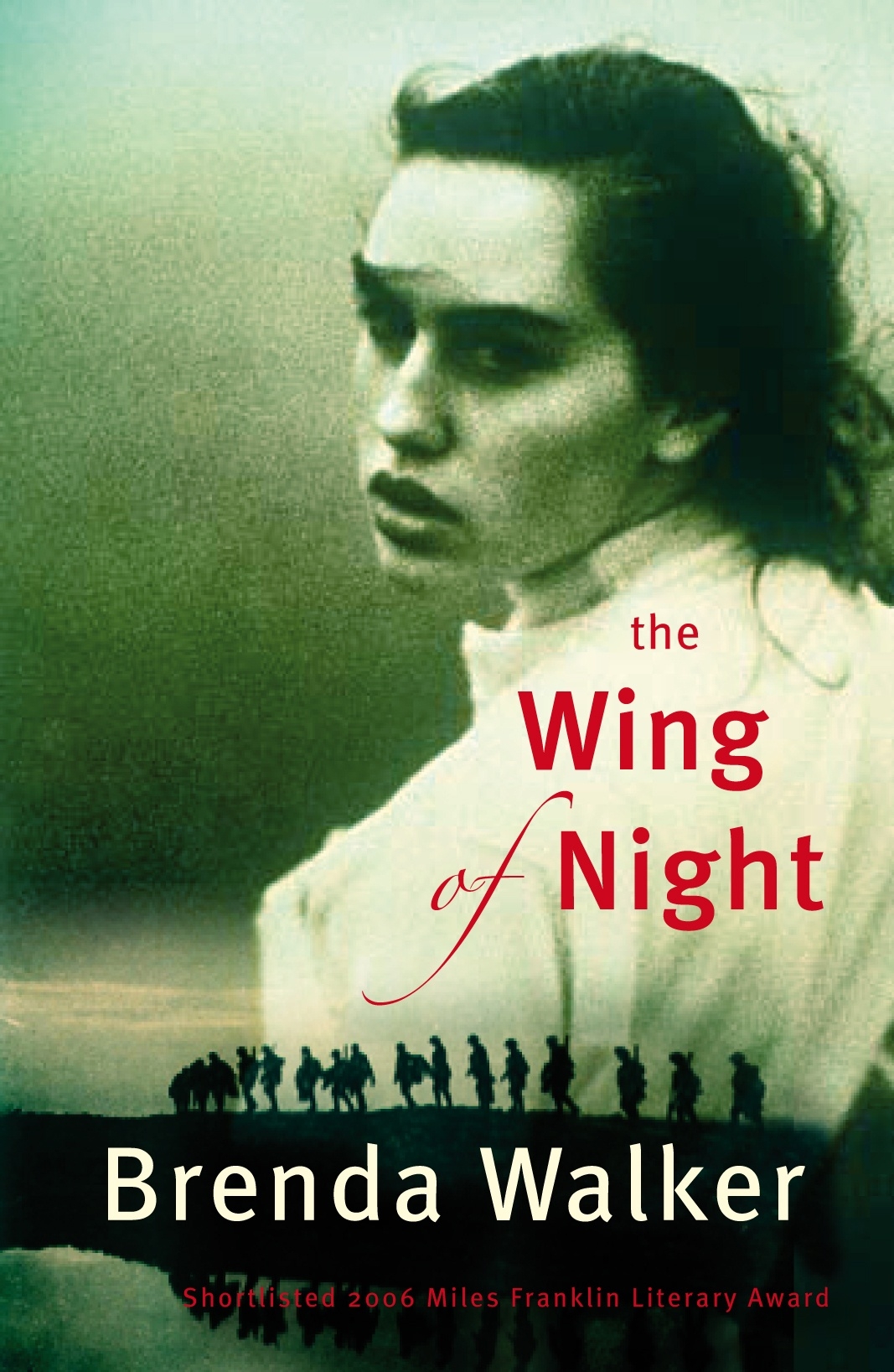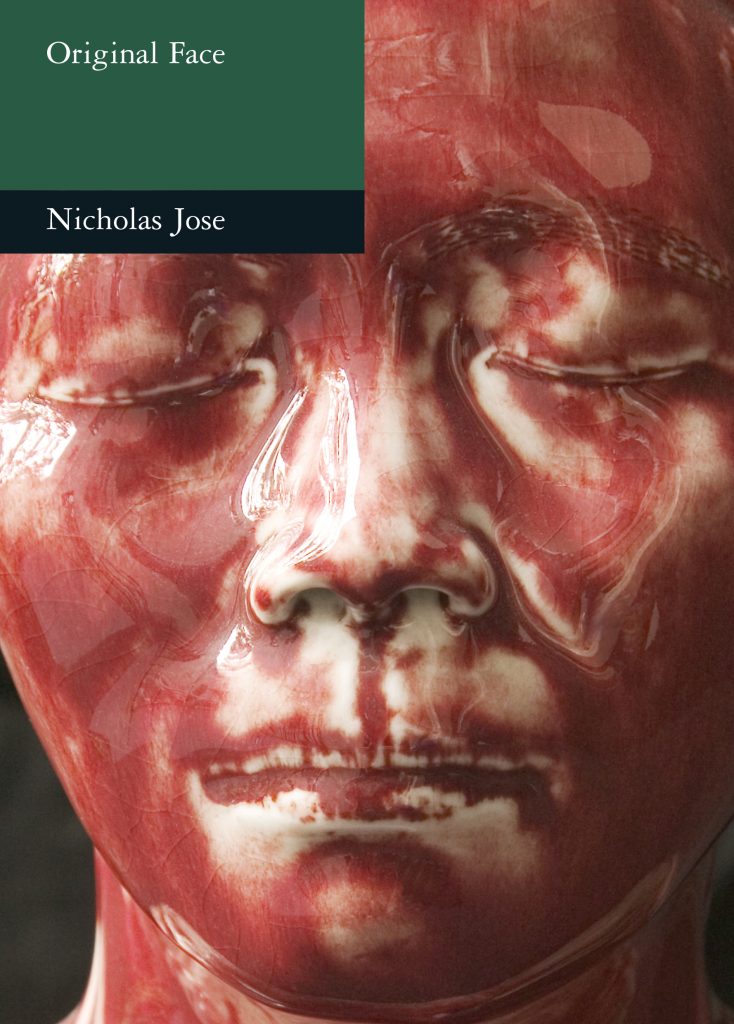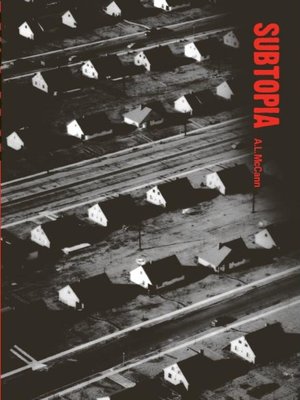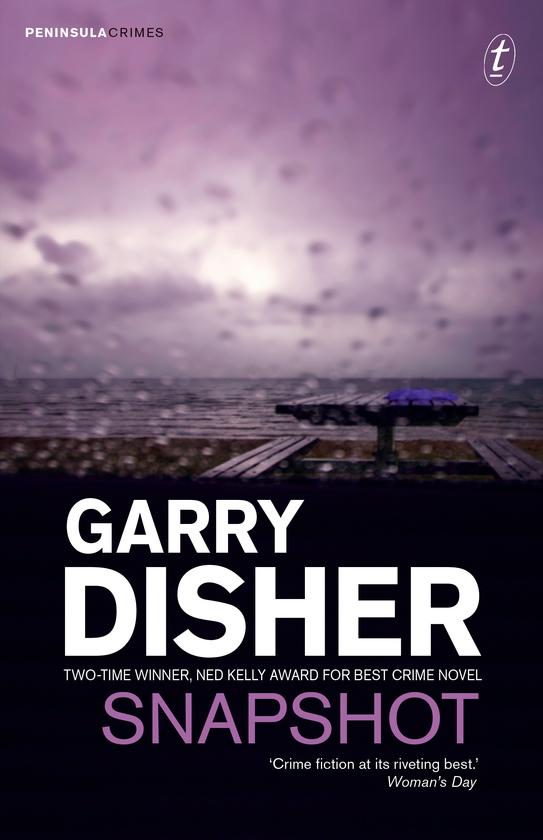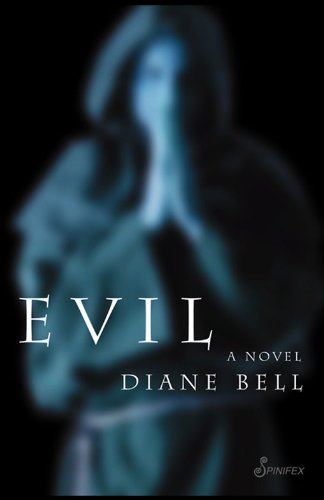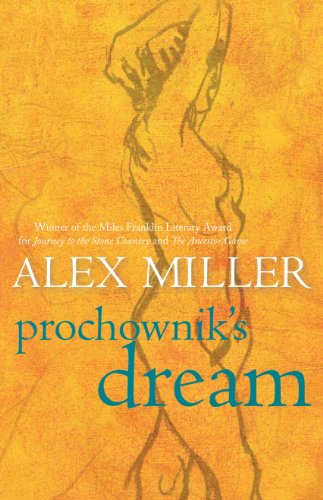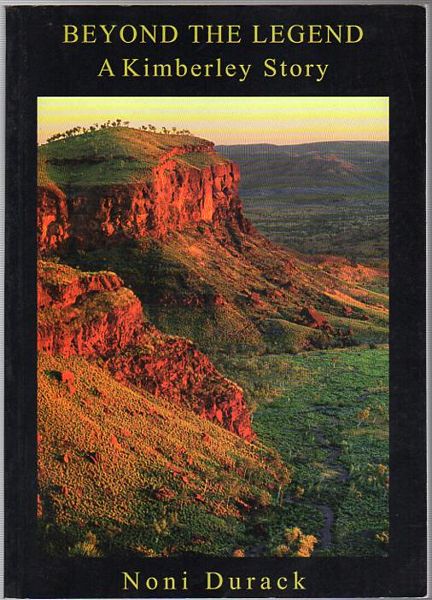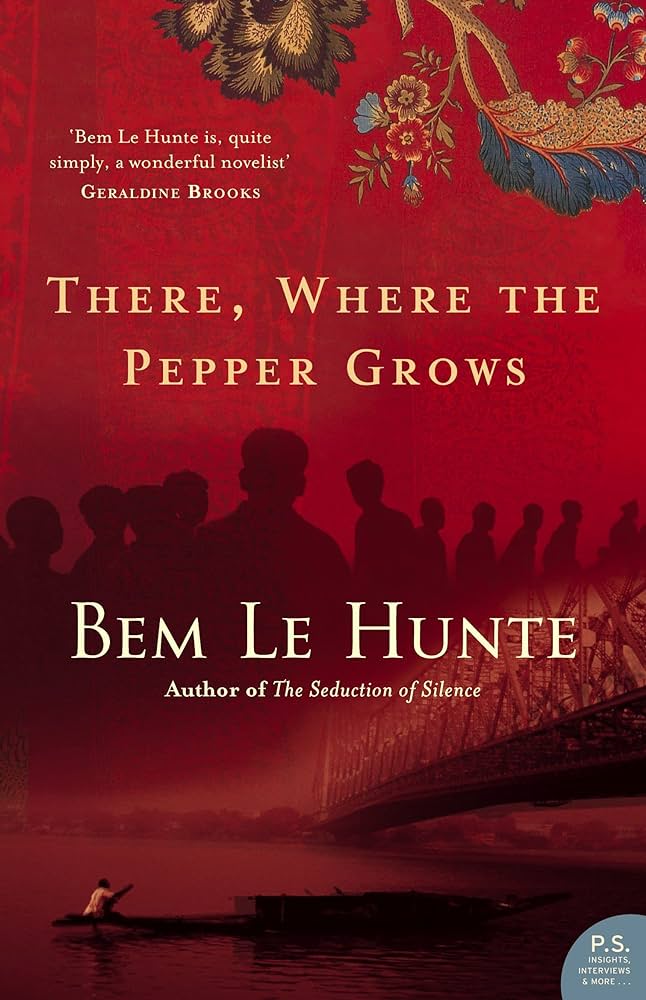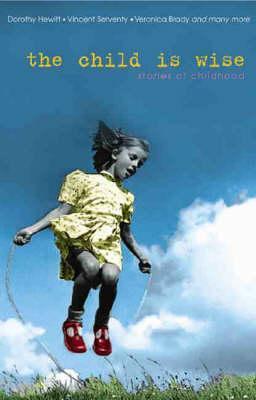Fiction
Perhaps it’s the Zeitgeist, but Brenda Walker is the third Australian woman this year, after Geraldine Brooks in March and Delia Falconer in The Lost Thoughts of Soldiers, to fix her imaginative sights on men’s experiences of war and its aftermath. Walker’s book, however, directs as much attention to the home front and to the women left behind.
... (read more)Nicholas Jose’s new novel, Original Face, begins violently. On the first page, a man is – expertly, and with a small knife – skinned alive, his face removed. We are in Sydney and the assassin’s name is Daozi, which in Chinese means knife. Jose’s seventh work of fiction traces the sometimes-brittle nature of identity as it plays with an ancient Chinese riddle: ‘Before your father and mother were born, what was your original face?’ It’s a confidently crafted pastiche; a kind of film-noir literature with a tender twist of Buddhist philosophy.
... (read more)I’ve had disturbing encounters with literature and film before: Reinaldo Arenas’s The Color of Summer (2000) and Stanley Kubrick’s A Clockwork Orange (1971). Their unsettling nature lies in the ways in which they link sex and violence, and show their hooks in the political body and the (masculine) soul. Against oppressive régimes (whether socialist or capitalist), these texts engage in ambiguous defences of instincts that aren’t much prettier than the systems against which their anti-heroes rail.
... (read more)Snapshot by Garry Disher & A Thing of Blood by Robert Gott
Garry Disher’s Snapshot continues his police procedural series about Mornington Peninsula detective Hal Challis, begun with Dragon Man in 1999 (before that, Disher wrote an excellent series of thrillers about a career criminal named Wyatt, starting with Kickback, 1991). Snapshot is 100 pages longer than Dragon Man, but, paradoxically, it is much more pared back, leaner and smarter about what a police procedural (PP) can be.
... (read more)‘Write about what you know.’ This is probably good advice for aspiring writers. Whether it serves equally well for academics turning their hand to prose fiction is put to a severe test by Diane Bell’s first novel. Evil tells the story of an Australian feminist anthropologist who takes up a position at a small Jesuit college in the US. Like many ATNs (Academics Turned Novelists), Bell’s choice of genre is the academic mystery: it is no coincidence that one of the heroine’s favourite writers is Amanda Cross, otherwise known as the feminist critic Carolyn Heilbrun.
... (read more)Here are five reasons why there is a literacy crisis in Australia. It is not about teacher-training; it’s about appallingly conservative publishing choices and the positioning of ‘reading’ as something that needs to be slipped under the radar of children’s attention, rather than celebrating it as one of life’s biggest adventures. What these novels share is a commitment to sport as a structuring narrative principle. Australian Rules, rugby union, netball, athletics, soccer: the sports and titles change, but the overall arc remains the same. In this respect, these books feel market-driven: generic responses to some global marketing division called ‘encouraging reluctant readers’. While this enterprise is not unworthy, the assumption that children who are not reading will be automatically attracted to novels about organised sport seems dubious.
... (read more)Two-thirds of the way through Alex Miller’s Journey to the Stone Country (2002), its characters come across a house standing in a valley high in the Queensland ranges. The house is empty, abandoned like some landlocked Marie Celeste, but in one room a library remains. Standing before the shelves, one of the characters removes a volume, only to find the pages eaten away to dust, the book, like the house, an empty shell. It is a scene of extraordinary power and implication, resonant with the peculiar energy that builds when meaning coalesces, however briefly, and we feel ourselves in the presence of something that runs deeper than words.
... (read more)Beyond The Legend by Noni Durack & Out Of The Silence by Wendy James
These two first novels are based upon events and people from Australian history. Noni Durack recasts the story of the pastoralists of the north-west of Australia in terms of an enlightened awareness of land degradation, but the narrative remains oddly captive to the legend of heroic conquest that she is trying to critique. Wendy James, on the other hand, has written an elegant feminist account of the lives of women in Melbourne at the time of the struggle for women’s suffrage.
... (read more)There, Where the Pepper Grows by Bem Le Hunte & Behind the Moon by Hsu-Ming Teo
There’s a joke that comes up in westerns about the book that saves: a thick volume in the chest pocket that takes a bullet. Bem Le Hunte introduces her second novel about a small band of World War II refugees: ‘This book was written as a prayer for those people who could not live to tell their tales. It was written, too, as a prayer for the future of our world, in the hope that stories like this have the power to save us.’ Certainly, this is a book that teaches hope against the odds, but when you consider how human cruelty has survived even the greatest stories, Le Hunte’s prayer sounds forlorn – unless she was thinking of saving us from boredom, in which case both There, Where the Pepper Grows and Hsu-Ming Teo’s Behind the Moon work most effectively.
... (read more)The accounts of childhood in this anthology date from the 1920s to the 1960s. Most deal with experiences in Western Australia, although three are written by migrant women and are partly anchored in Europe. Two are extracted from the autobiographies of well-known writers, Dorothy Hewett and Victor Serventy, two are taken from self-published memoirs, and one, by Alice Bilari Smith is taken from her book Under a Bilari Tree I Born. This last is based on tapes of oral history collected by the West Pilbara Oral History Group and published in 2002.
... (read more)

